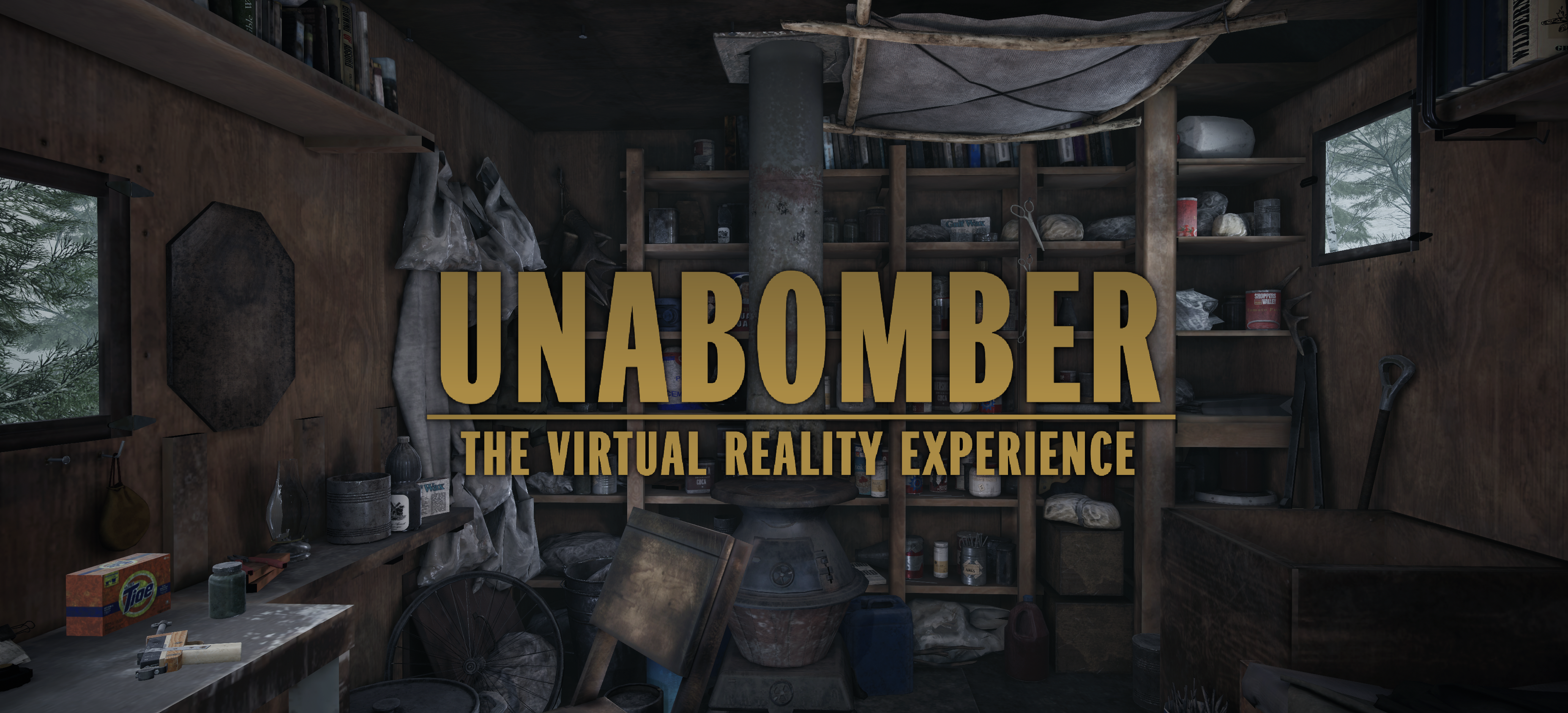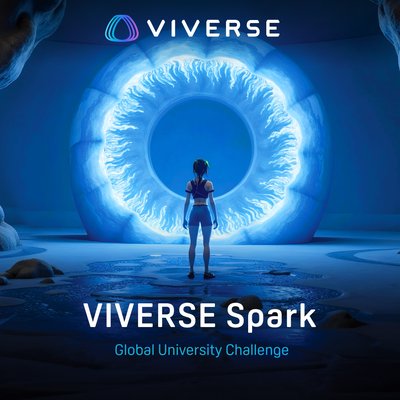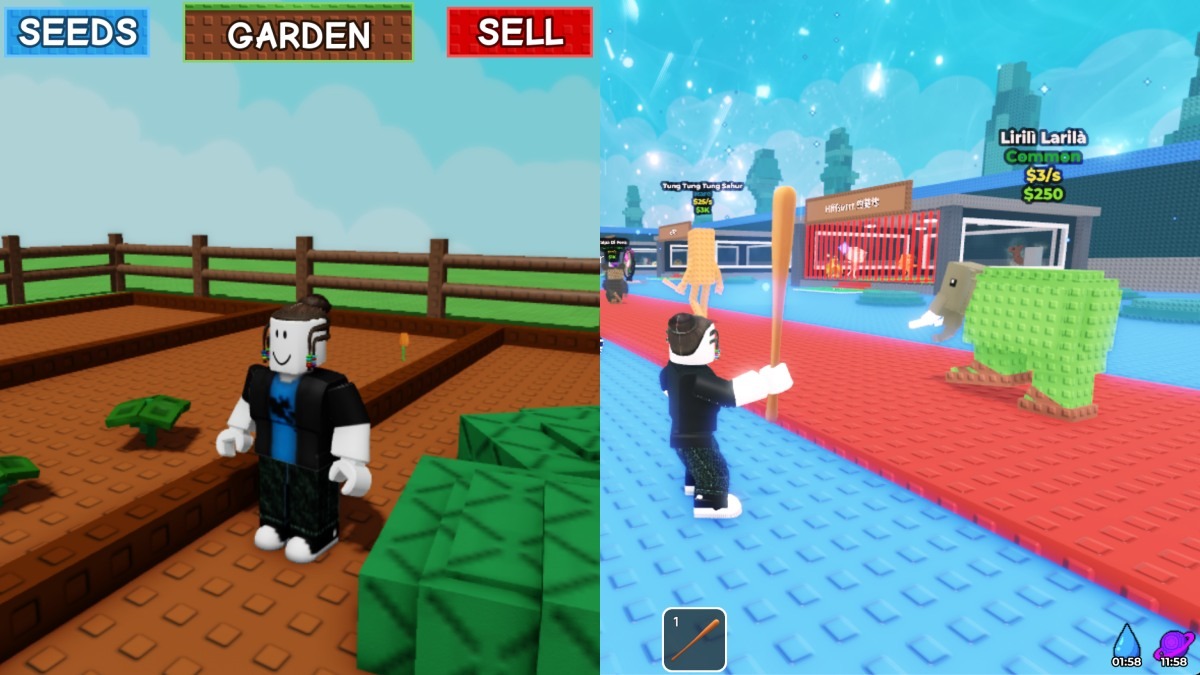This is a guest blog post by Lukasz Biernacki, Communications Associate at Immersion.
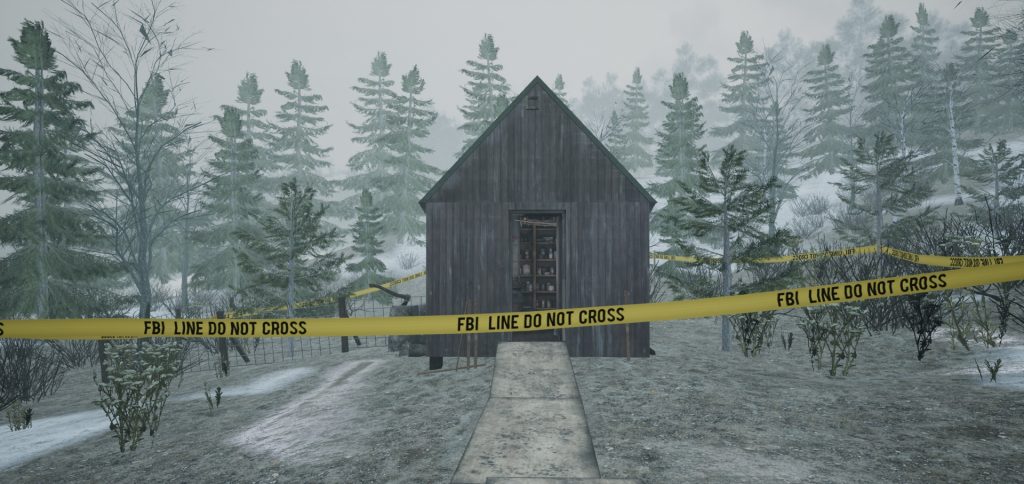
If you’re one of the many that spent the Christmas break binging on Netflix then you may be familiar with Manhunt: Unabomber, the eight-part docudrama outlining the FBI investigation that led to the arrest of Ted Kaczynski. For those of you not familiar with the Unabomber, Ted Kaczynski was an active domestic terrorist between 1978 and 1995, during which time he murdered three people and injured a further 23 through a ruthless campaign of mail-delivery bombs, which he made and sent from his secluded cabin in the Montana woods. Kaczynski is currently incarcerated for life in a maximum security institution in Colorado following a lengthy FBI investigation into his crimes.
There’s no doubting that the story of the Unabomber and his capture was and still is an international spectacle, which is why we teamed up with The Newseum and HTC’s Vive Studios to produce a VR experience that immerses users in the story of the Unabomber – from the FBI investigation to the capture of Kaczynski at his primitive cabin. In the Unabomber experience, visitors will not only get to enter the same cabin that officials found in 1996, but actively participate in the case and get a front row seat to the process that led to Kaczynski’s arrest. Insight from FBI agents Terry Turchie (Assistant Special Agent in Charge of the UNABOM investigation from 1994 to 1998) and Max Noel (FBI agent during the investigation) adds to the narrative experience that reflects in many ways the reality of the investigation, over 20 years later.
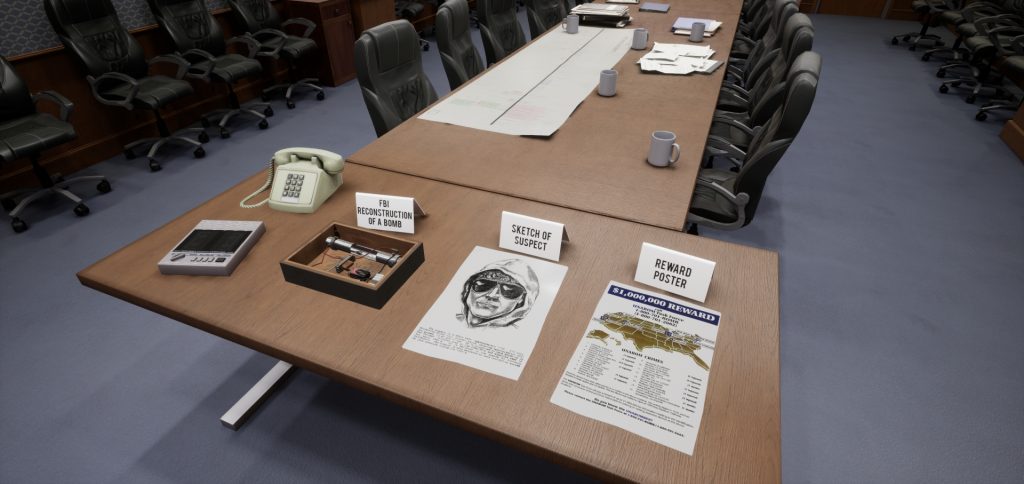
The Unabomber experience marks a cornerstone in the use of VR technology to enhance visitor’s experiences in museums and similar environments. Interacting through activity-based and learning-enabled environments helps us create the memory anchors that cements what we learned.
The launch also highlights the potential for VR technology in the criminal justice system, as it may become a tool in the courtroom in years to come. Paul Armstrong at Forbes, recently spoke to FBI Special Agent Terry Turchie about the sense of ‘presence’ that VR provides and its potential to be a ‘game changer’ in the practice of law. Turchie explains that he can see the benefits of using VR in the courtroom but is concerned about a couple of areas such as how will it impact conviction rates. Ultimately, as with any demonstrative evidence presented in a courtroom, the judge is the final gatekeeper for what is admissible and how it is used. As the technology refines, transforms and becomes more common, expect to see it to become a staple in the courtroom.
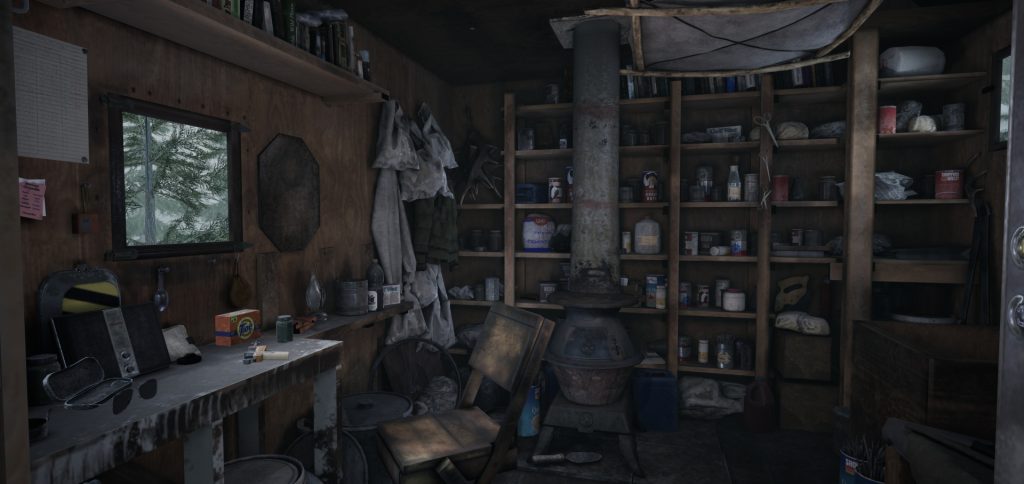
The Unabomber experience marks the first in a series of similar educational experiences that we will develop with The Newseum and HTC’s Vive Studios, such as Nellie Bly’s trip around the world. All of the VR experiences will be selectively showcased to Newseum visitors in Washington and available for download on Viveport.
Together with Vive Studios, we understand that educational experiences such as this add an additional story-telling platform to museums’ arsenal, and enable children all over the world to experience the most exciting exhibits as virtual models. For many children, currently deprived of the opportunity to travel, these kits will give them the chance to learn about human history directly, and interact with key artifacts and artwork from their selected period. In many ways, it’s about bringing children closer to history, and letting them learn about it through the very natural need to explore our surroundings.
The Unabomber app is available now on Viveport and will be made available for Steam at a later time.
